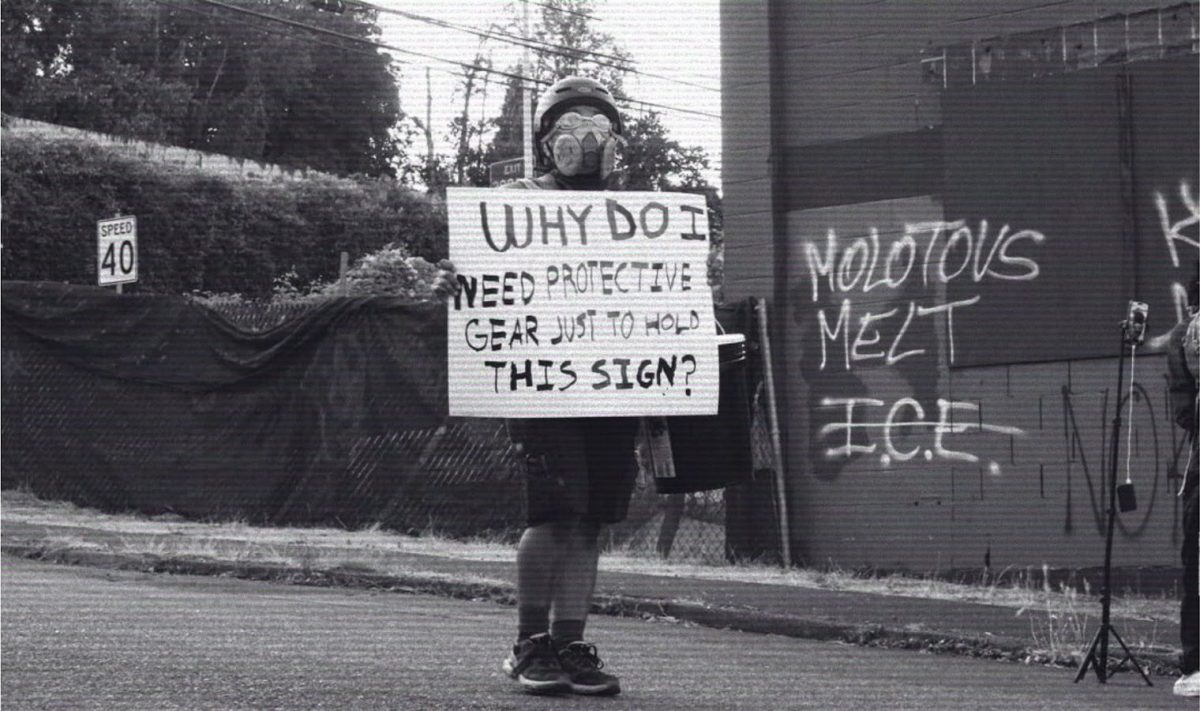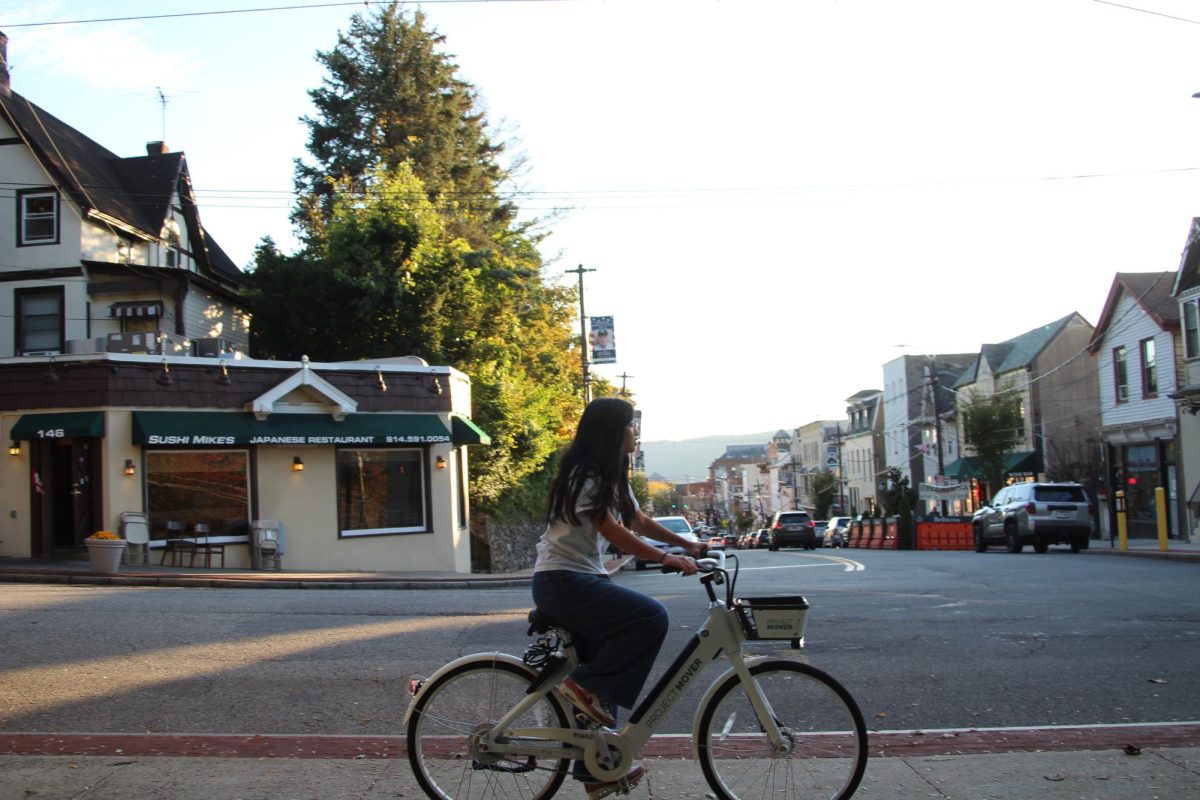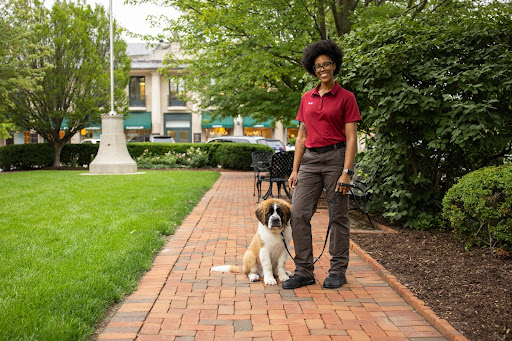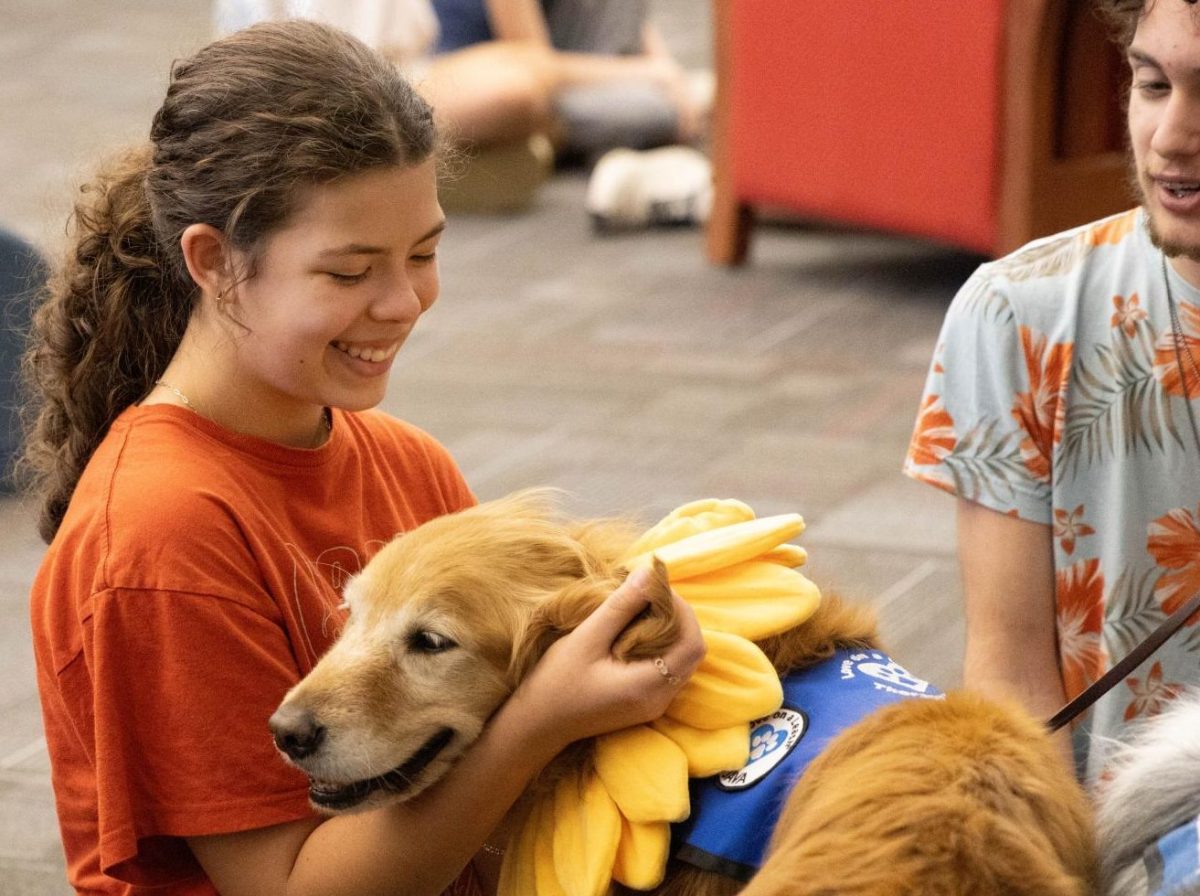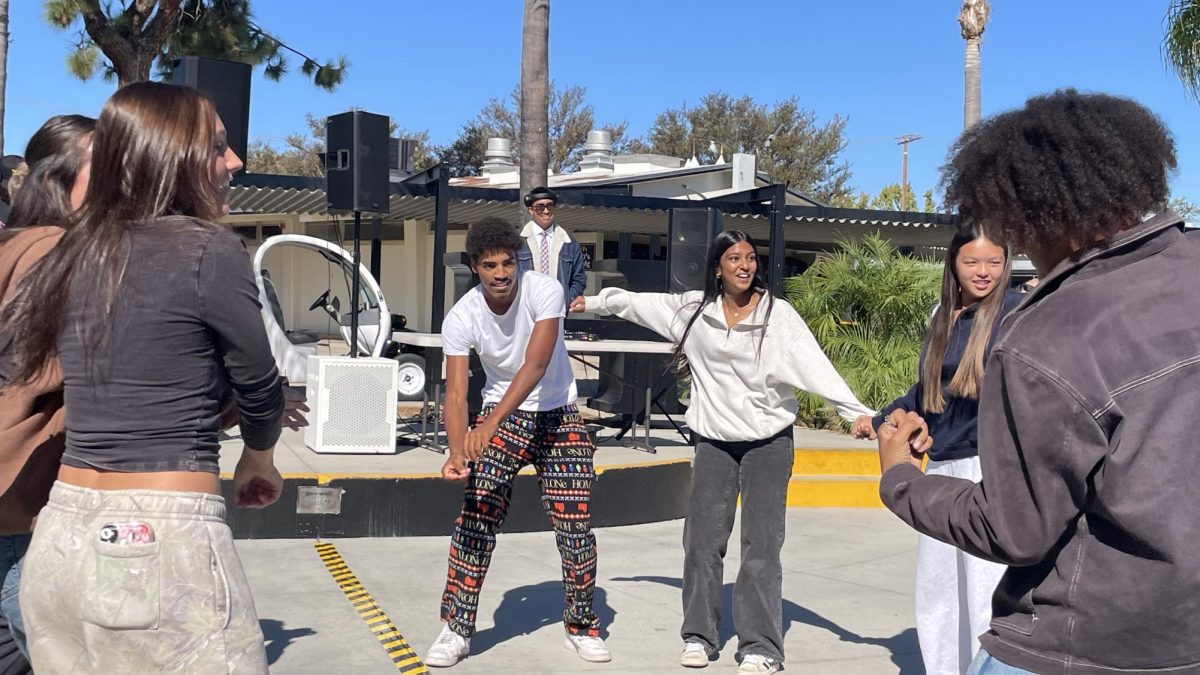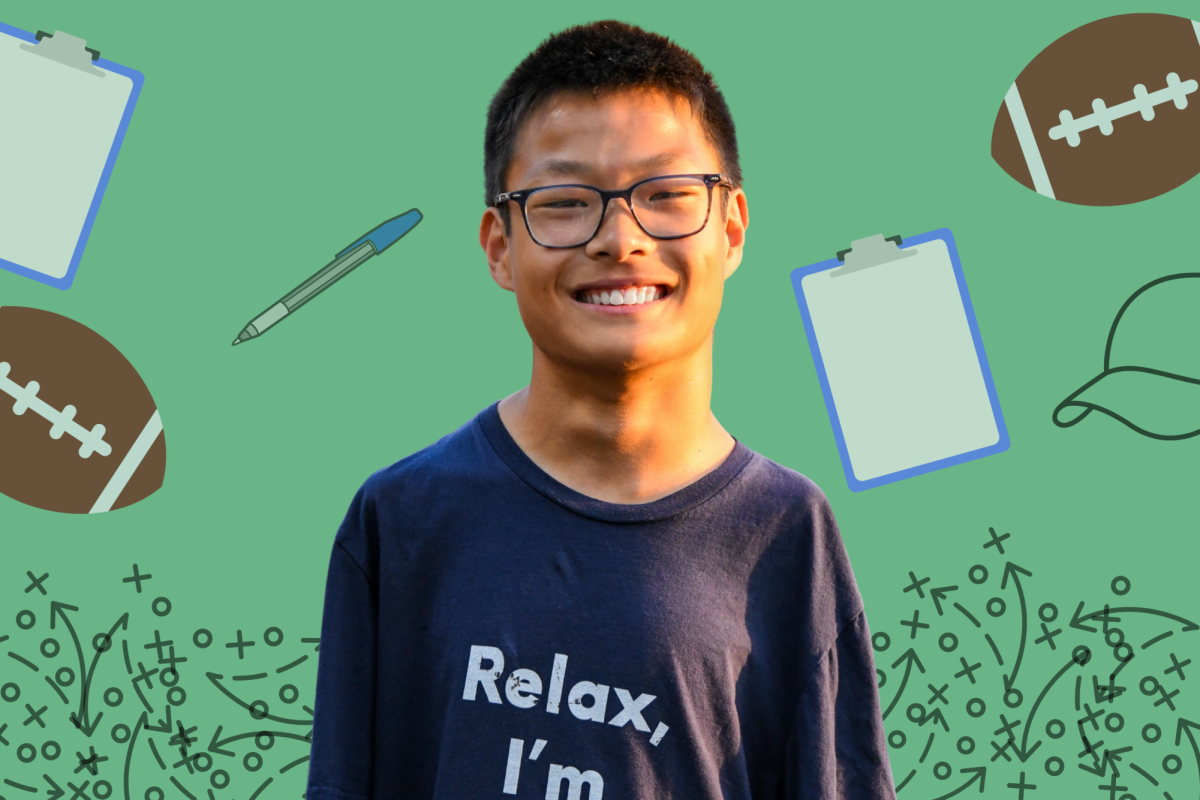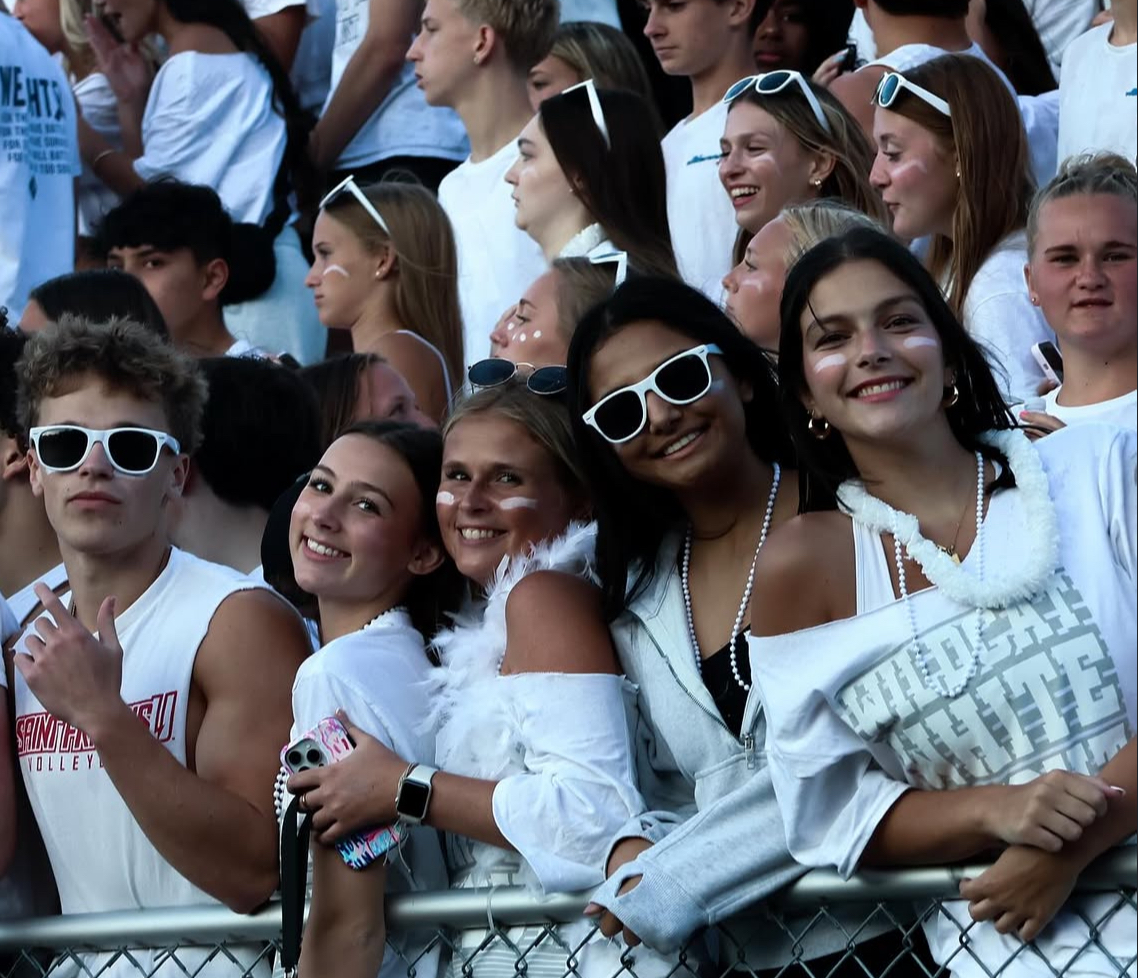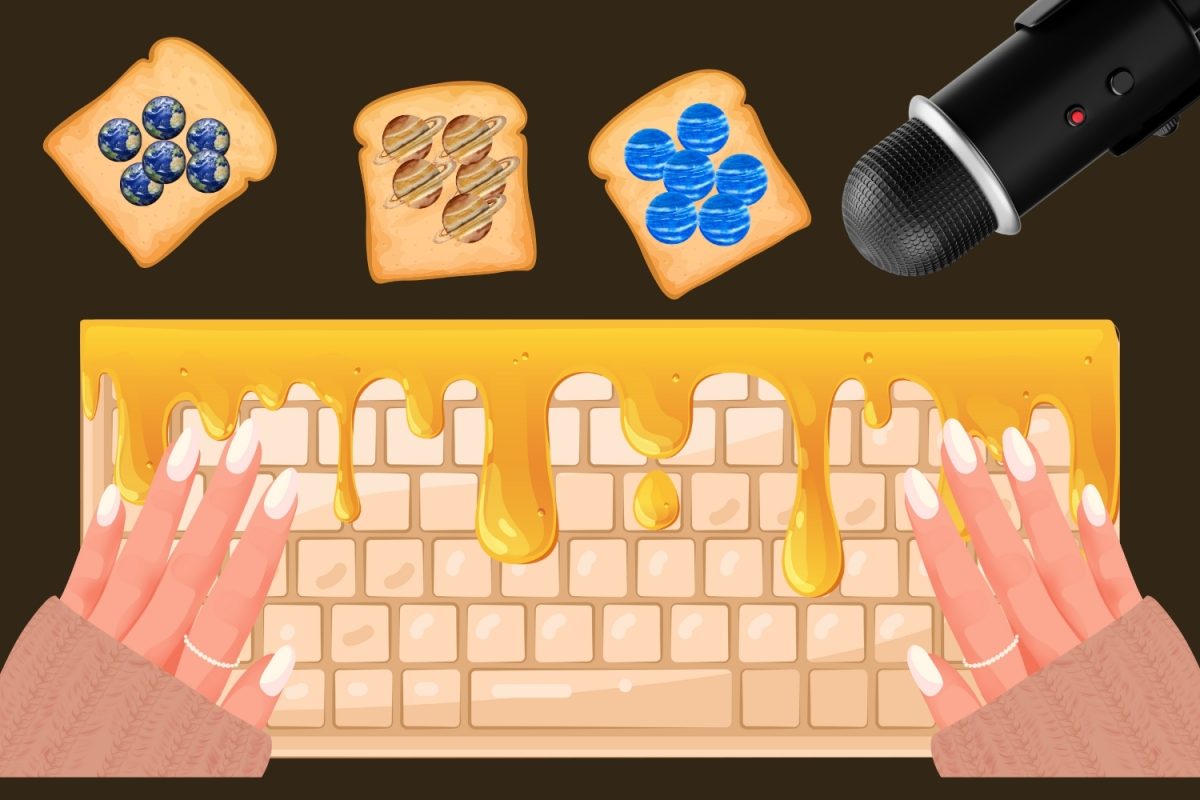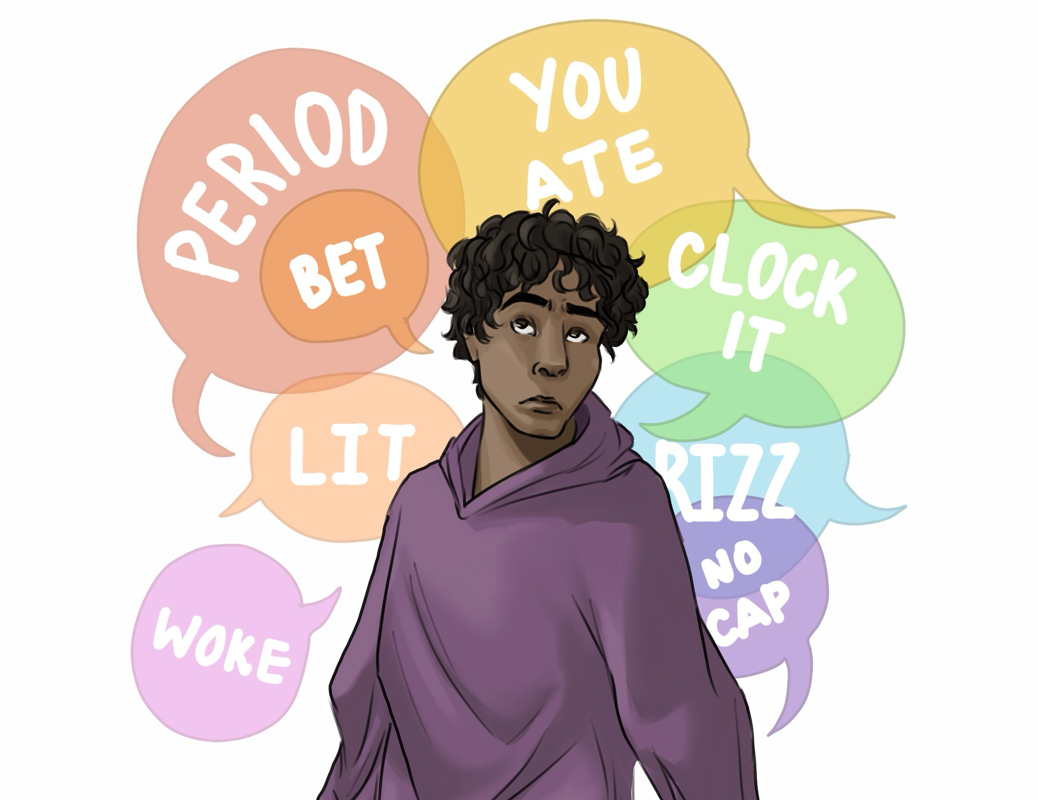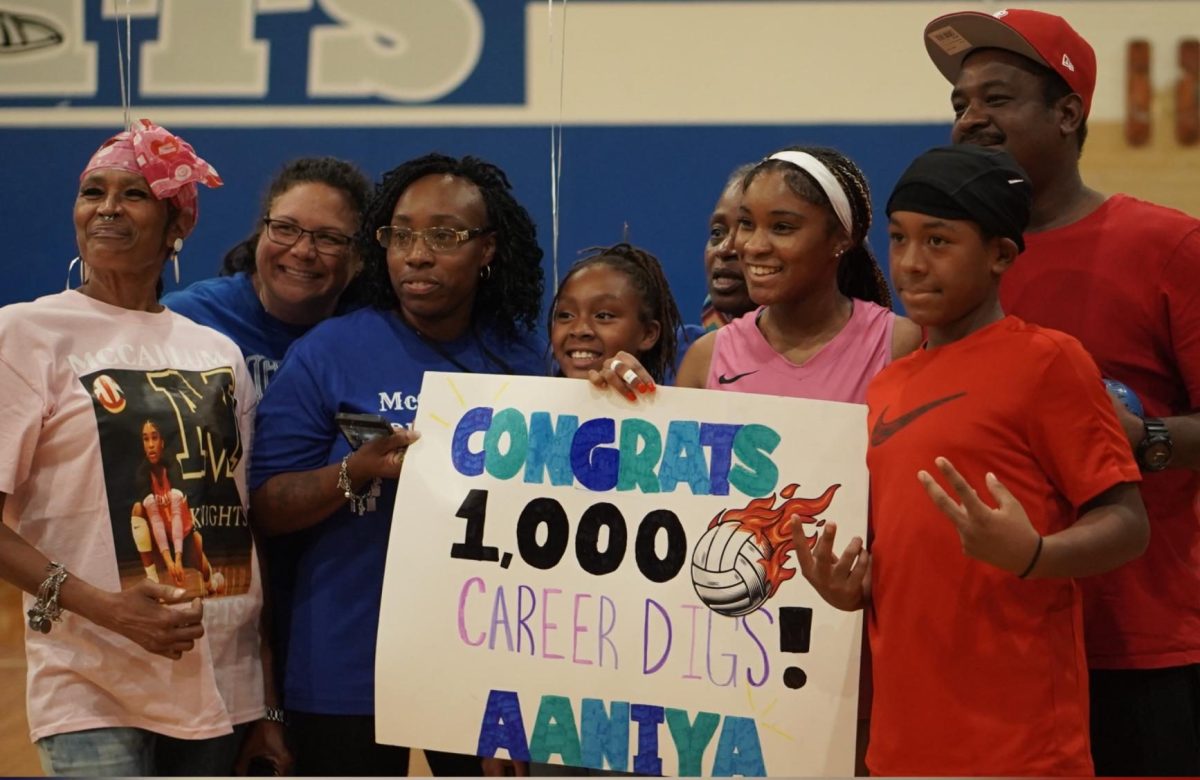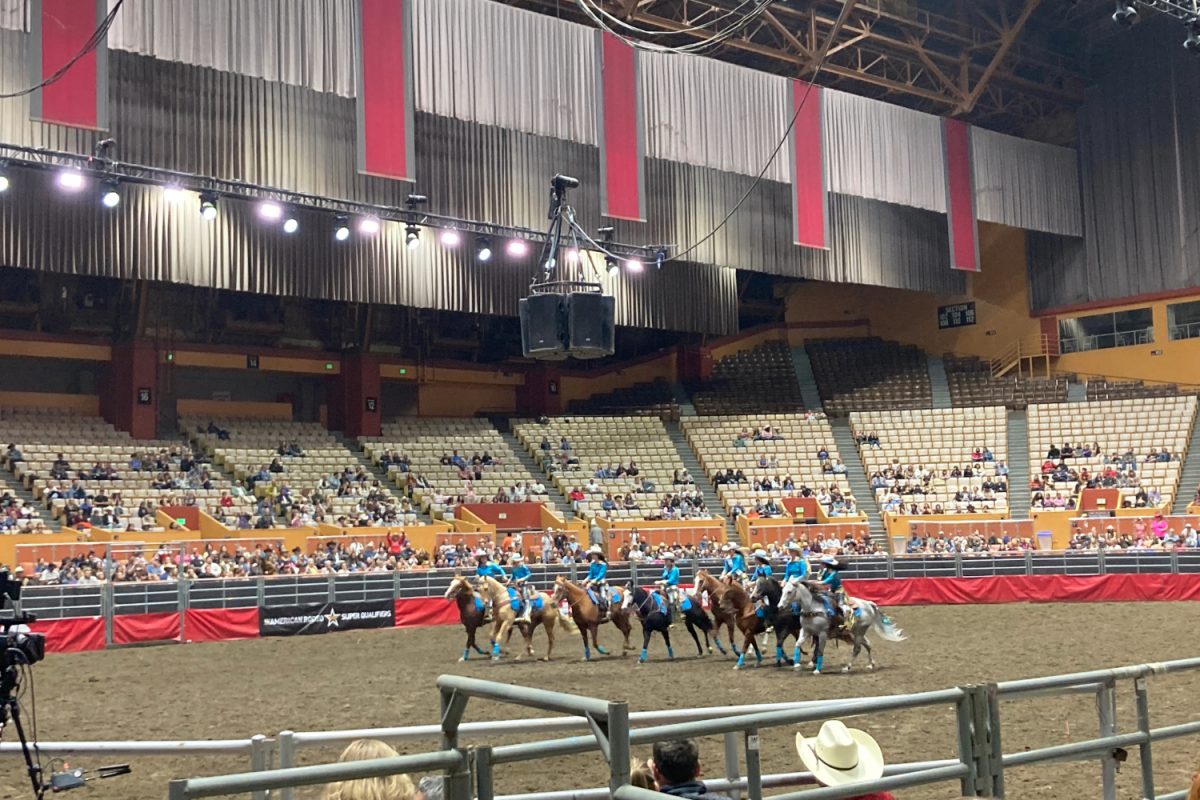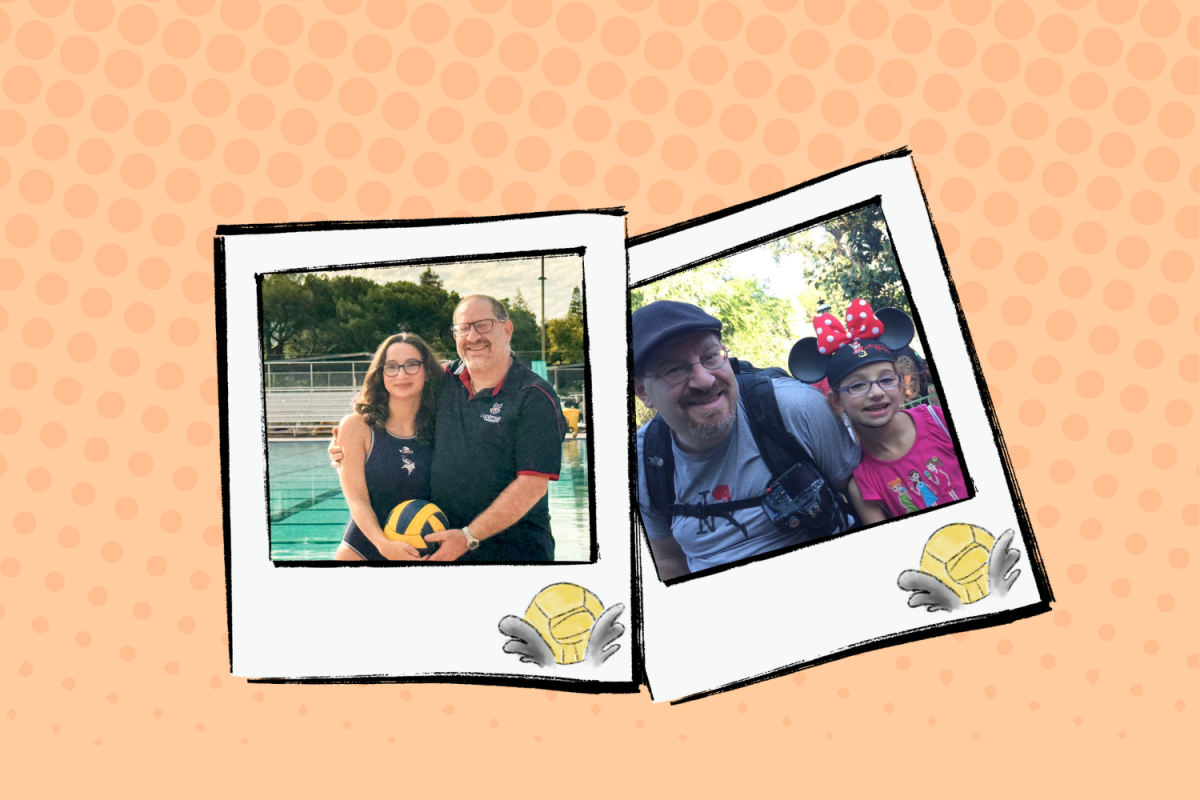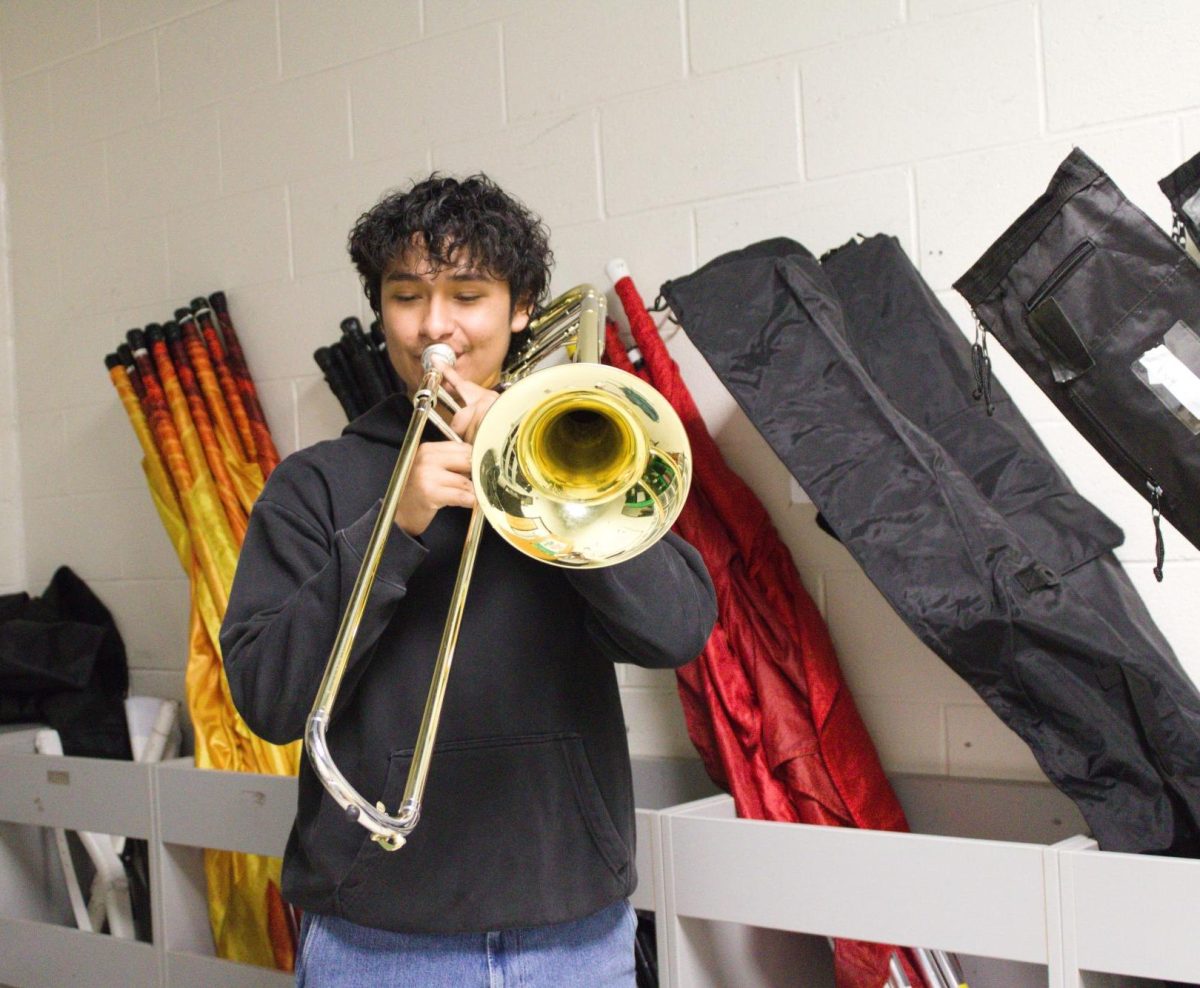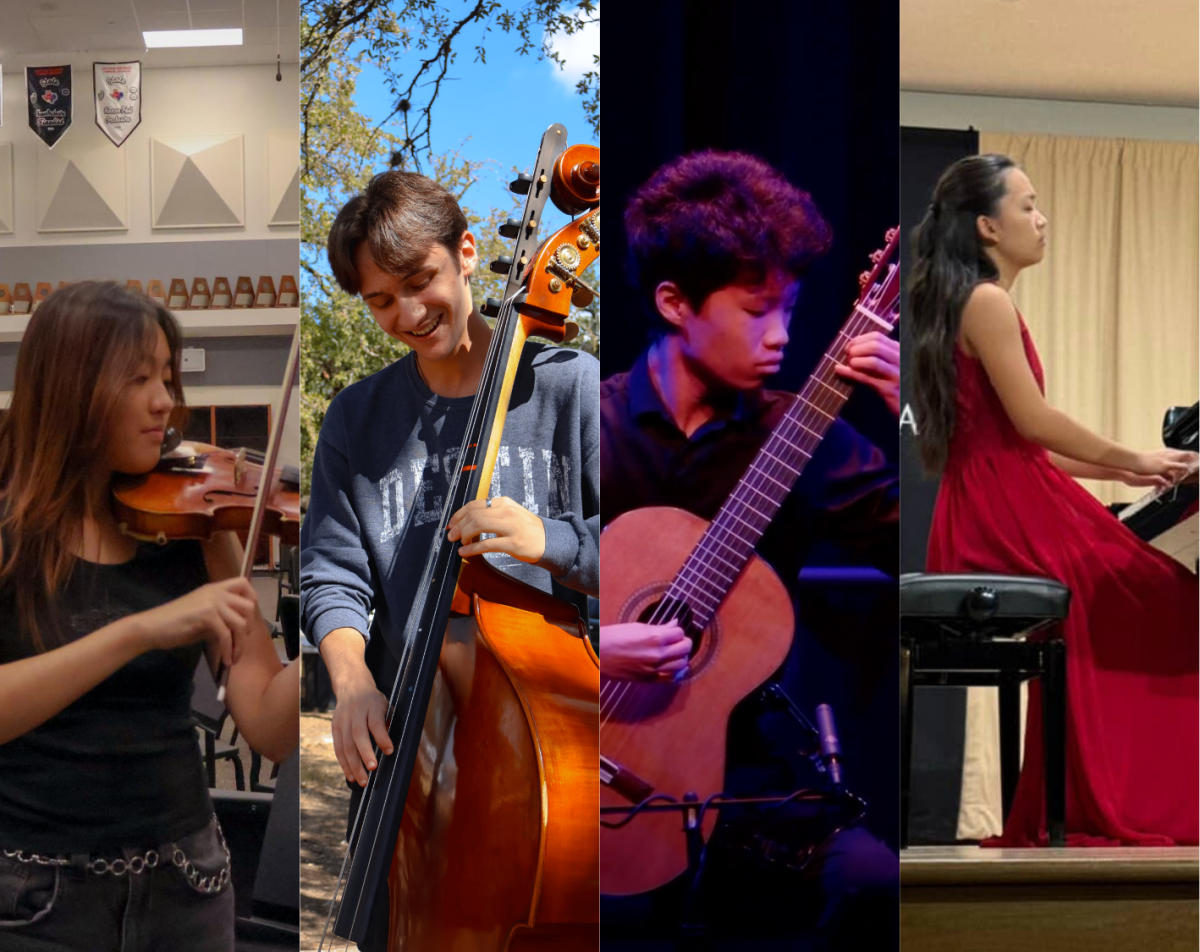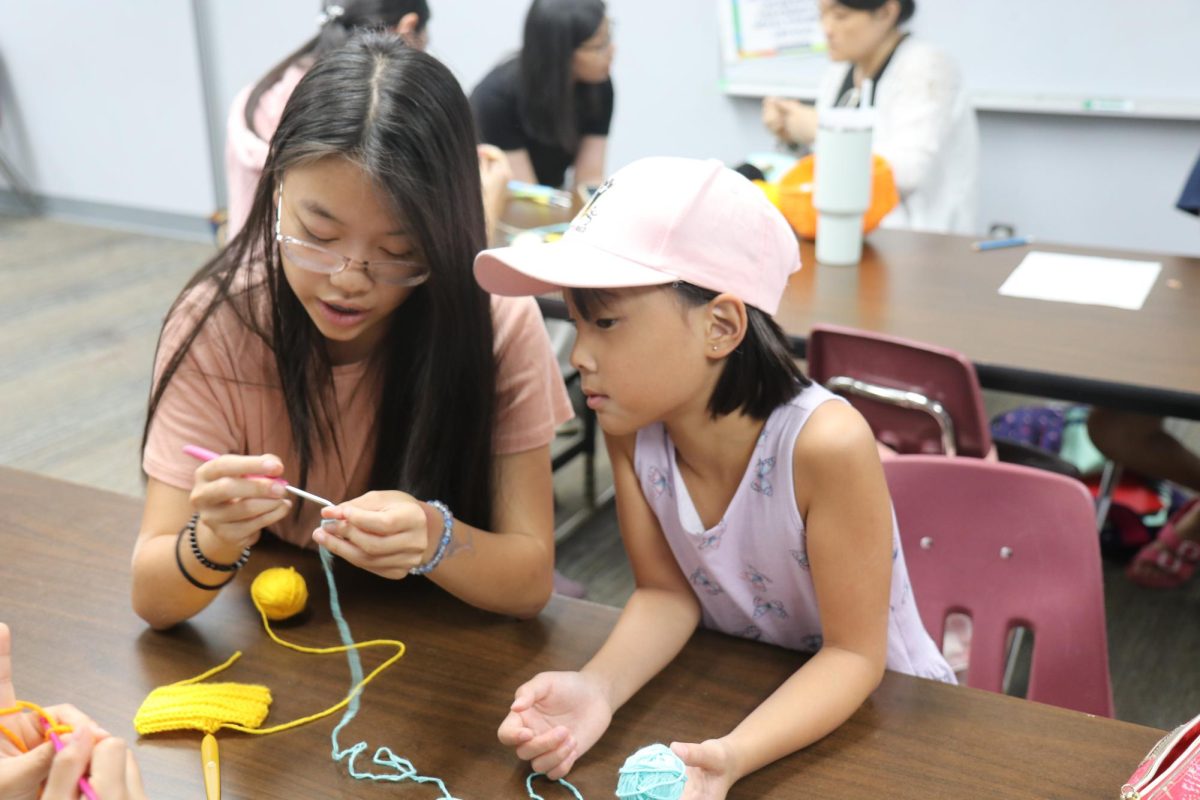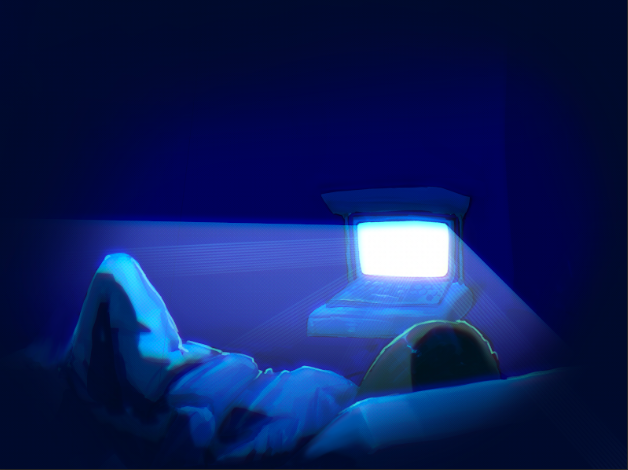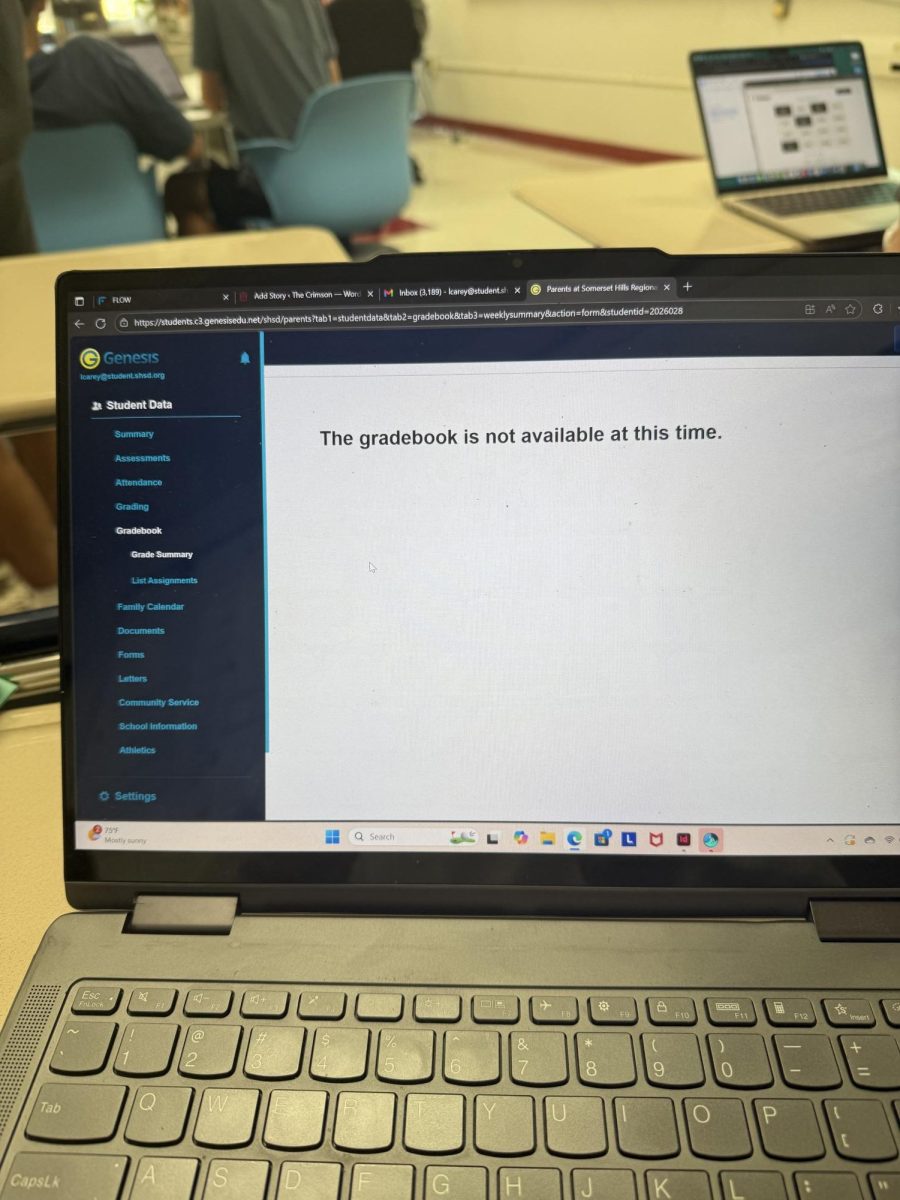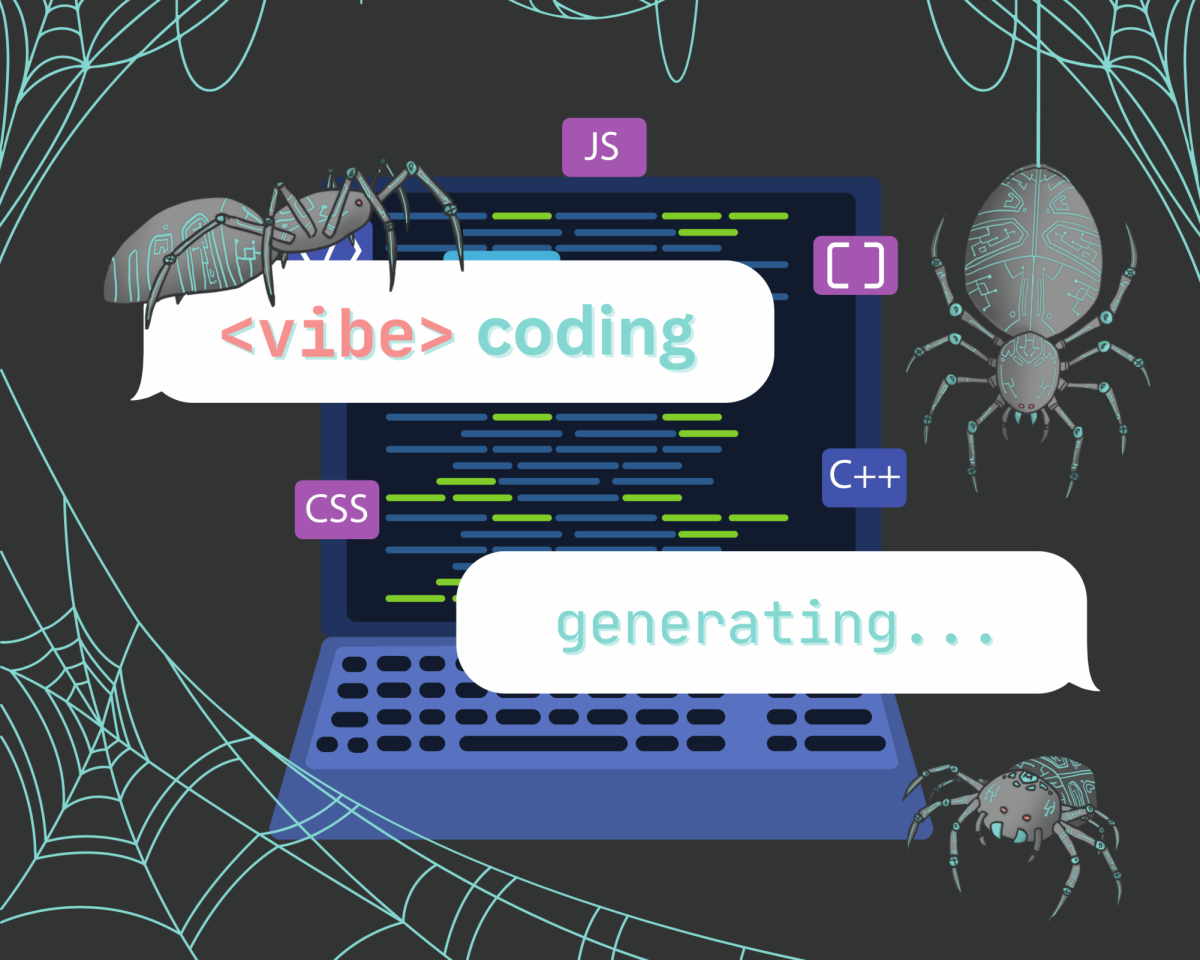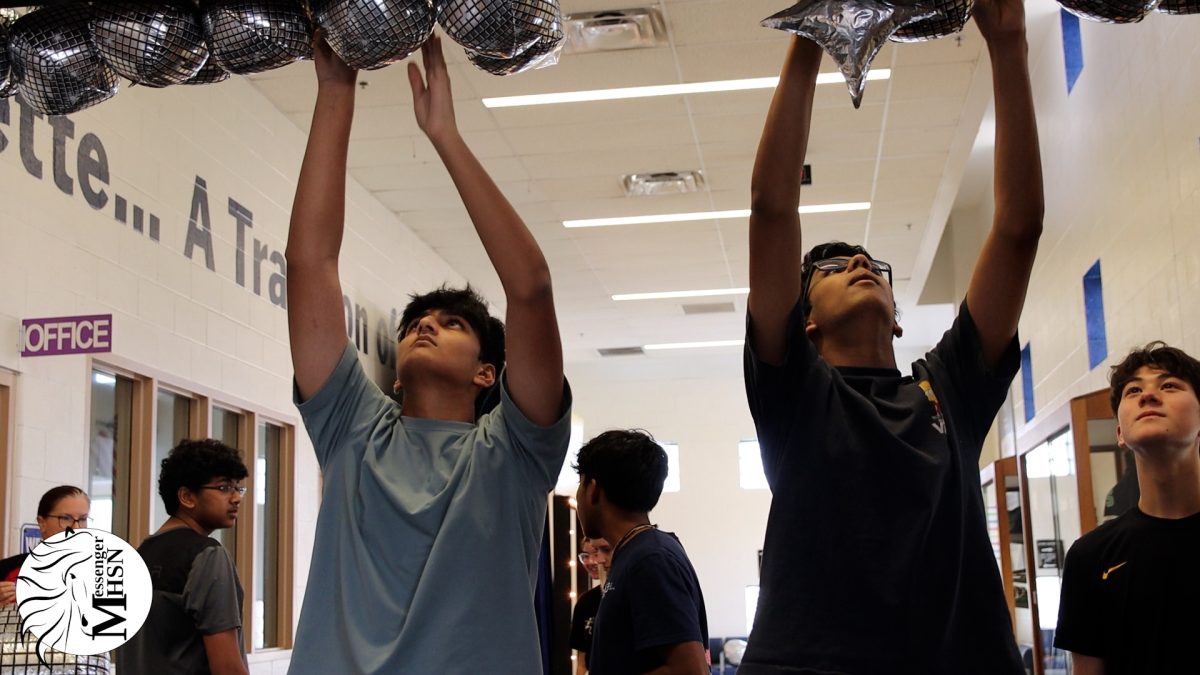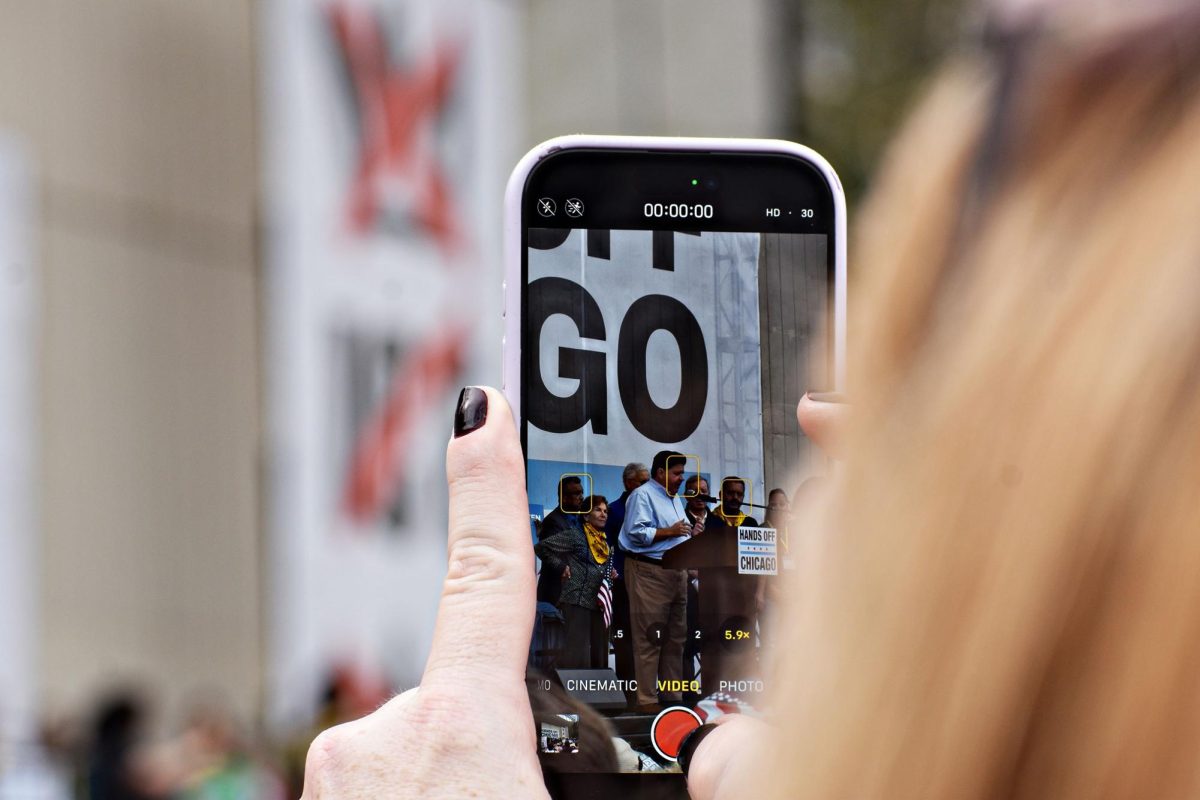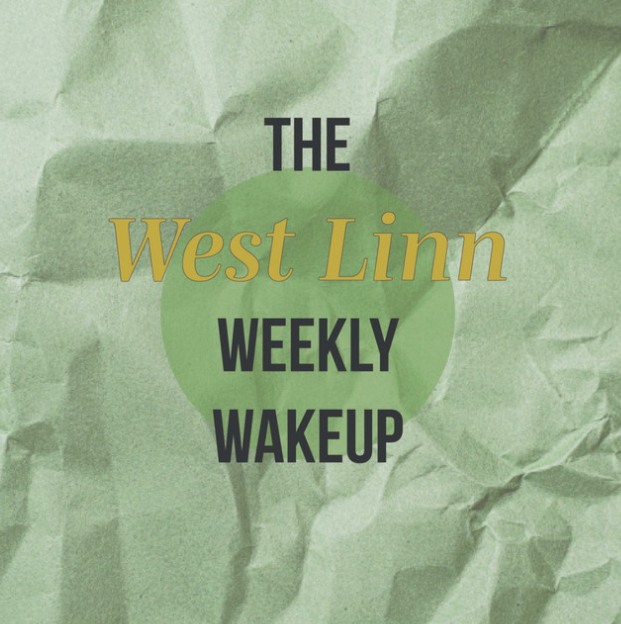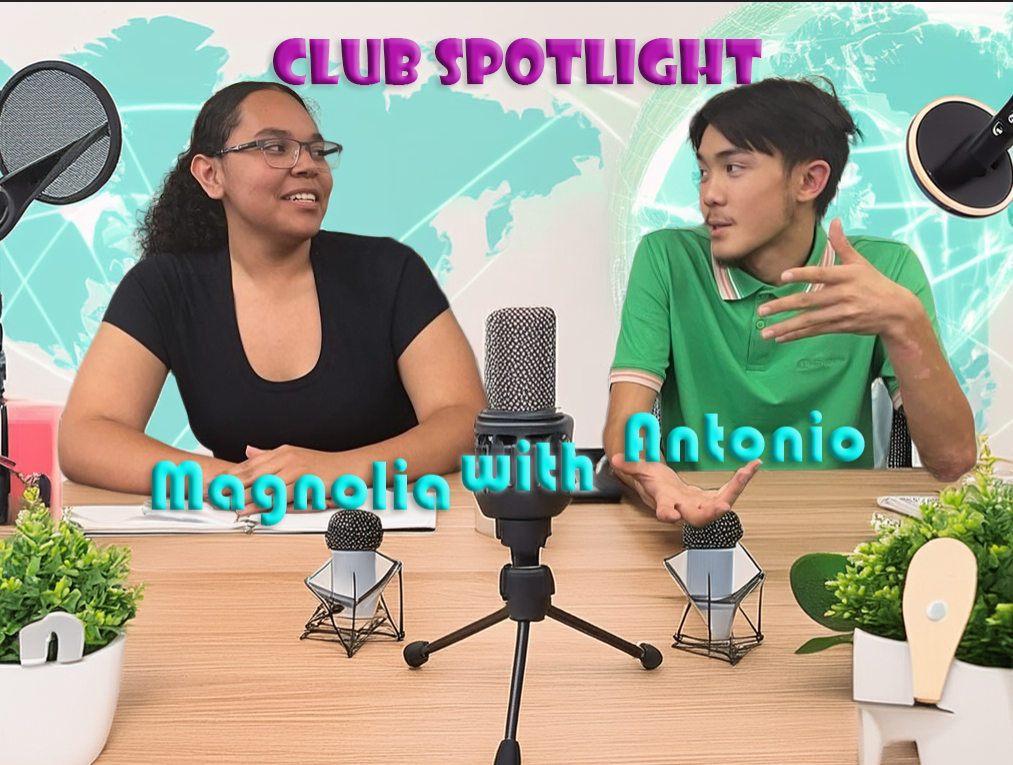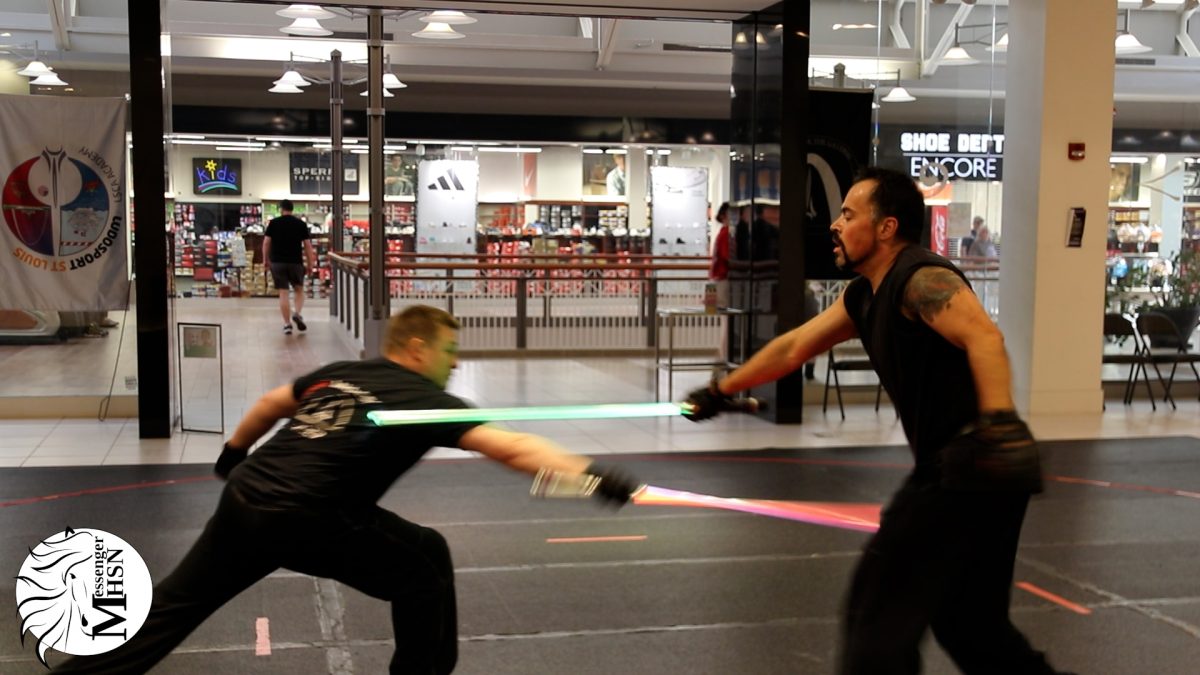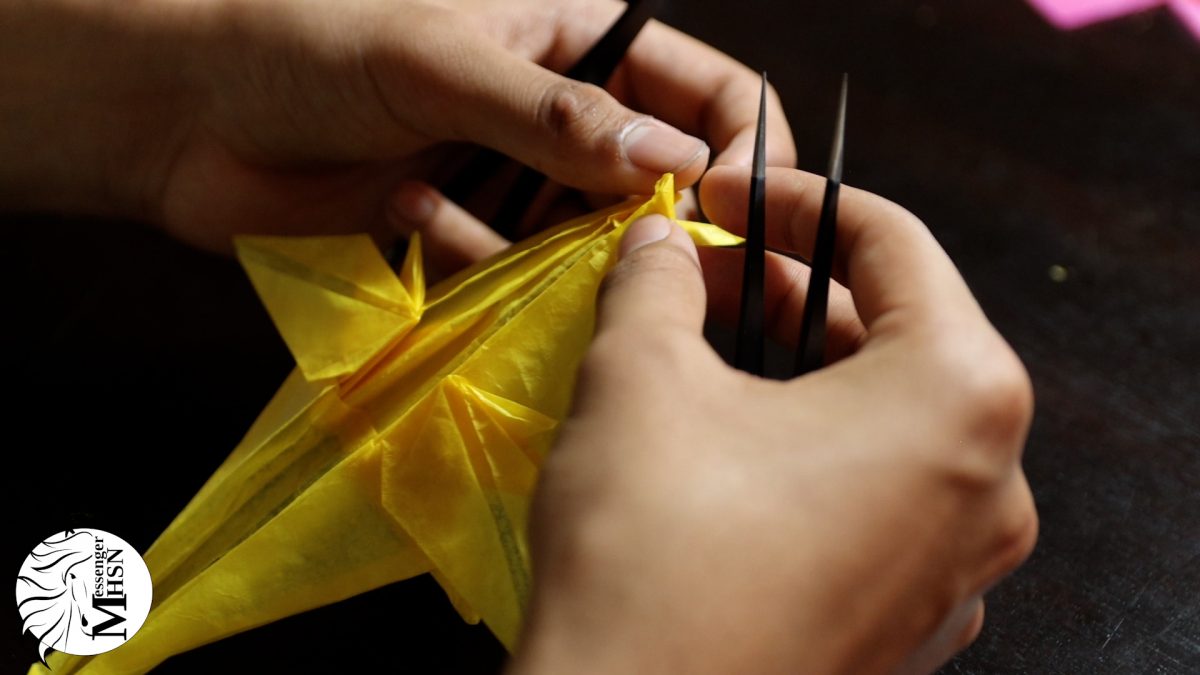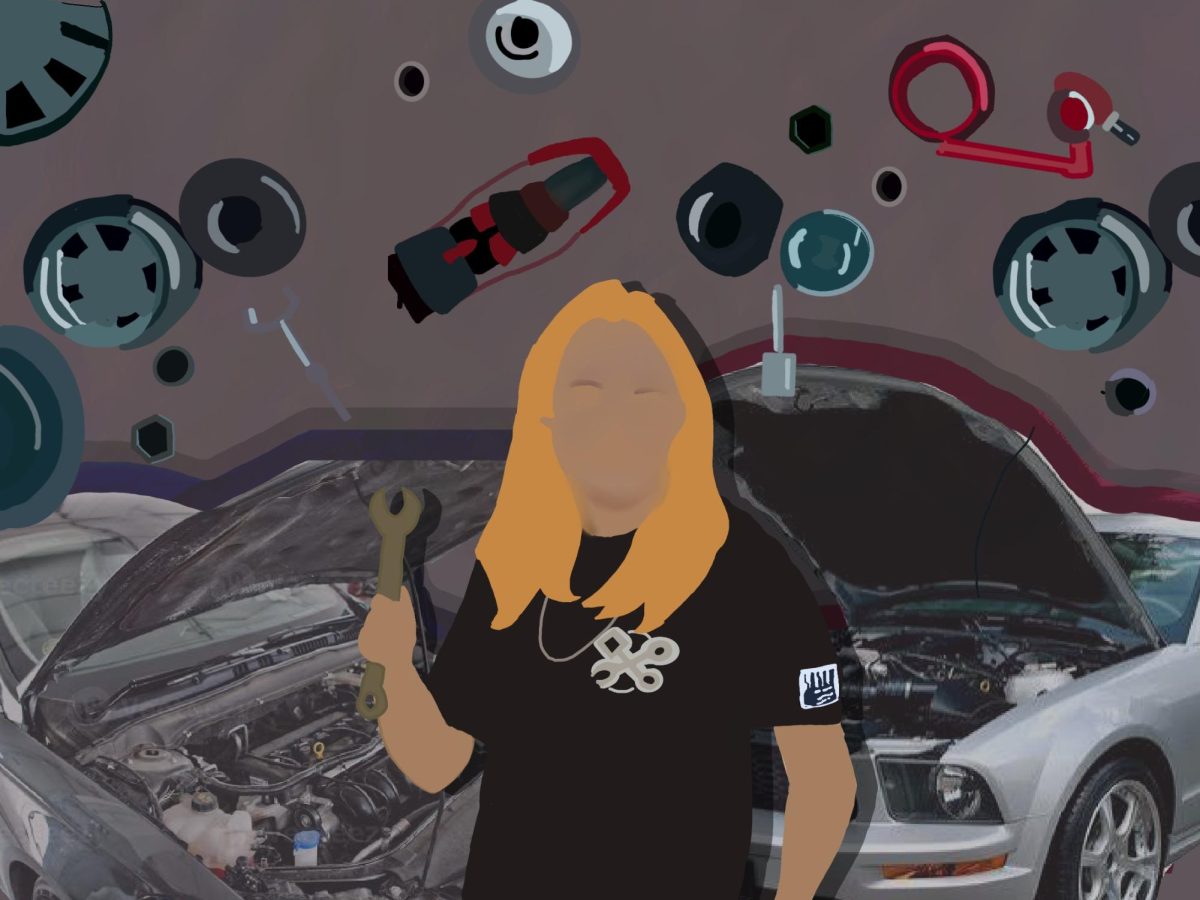Editor’s Note: “Eevy ASMR” asked to be identified by her online persona to protect her individual privacy.
Your birthday month, your keyboard.
Which planet would you spread on toast?
Which bed would you sleep in?
Those are all real captions from viral AI-generated ASMR videos. AI ASMR has taken social media by storm for the past few months, and it’s reaching users globally. But what is ASMR, on its own, without AI?
ASMR stands for autonomous sensory meridian response, and it describes a tingling sensation experienced in the neck and back. New York resident and University of Southern Maine graduate Jennifer Allen coined the term ASMR back in 2010, and it has since gained popularity across many platforms. ASMR is primarily triggered by pleasing sounds or visuals. Common ASMR “triggers” are whispering, typing, scratching, tapping and even chewing, explaining the appeal of the mukbang genre for some.
With over 500,000 ASMR creators, there are over 25 million ASMR videos on YouTube. However, the ASMR genre has a presence on other social media platforms — such as TikTok and Instagram Reels — meaning these numbers are likely much higher than reported.
There are also subgenres within ASMR; for example, “Lo-fi ASMR,” which uses low-fidelity audio to create a more casual and cozy atmosphere.
Eevy ASMR is a popular Lo-fi ASMR creator. Eevy ASMR has 306,000 subscribers and 911 videos on her YouTube channel. In a phone interview with the Oracle, Eevy ASMR said she first discovered ASMR right after she graduated high school. She said she was having trouble sleeping and that her sister recommended it to her. Eventually, she decided to create her own channel after feeling inspired by others, like Sara Rios ASMR. Eevy ASMR described her creative process when making videos.
“I actually professionally work in marketing, and so a lot of my marketing experience influences my creative process since a lot of the performance of ASMR is based on what people are searching,” Eevy ASMR said. “I do a mix between what my audience likes, which tends to be a lot of outdoor ASMR, and tour and walk around ASMR, paired with a little bit of market research into what people are searching and what might perform well.”
Eevy ASMR said she has personally seen a lot of the AI ASMR trend. She believes there is still a human role in AI ASMR that is limited in many ways.
“AI ASMR is still human-created, but not to the same degree. There’s still a human that’s sitting behind a computer typing away their prompts to generate something,” Eevy ASMR said. “But at the same time, they’re not putting the same level of work or creativity or time into the content … I’m pretty sure Google Gemini is how a lot of creators are making that and there’s a limitation of 8 seconds on those videos … versus a human can go out and make endless amount of ASMR as long as they have the equipment.”
On the other hand, junior Katie Ray McKillop had never watched human-created ASMR before the AI ASMR trend. However, she has watched a wide variety of AI ASMR videos.
“[AI ASMR videos] are very soothing and relaxing and it’s just nice when I can watch my For You page,” McKillop said. “But then at the same time, I’m watching AI, and I feel bad that I’m supporting AI because it’s taking away from real people creating on the internet. And it’s also bad for the environment. So I’m like, ‘I really shouldn’t be watching these videos,’ but they’re soothing and calming, a little addictive.”
When asked about an effect of human-created ASMR that AI ASMR could never recreate, Eevy ASMR said the ASMR community is what makes it special.
“I think the obvious one is the human aspect and the genuine aspect. A lot of people come to watch ASMR to unwind and genuinely feel like they’re connecting with that creator,” Eevy ASMR said. “[But] if AI gets so good, it’s indistinguishable who is human and who is AI.”
The Oracle sent out a survey to all 501 Archer students. One of the 131 respondents echoed Eevy ASMR’s sentiment. They wrote that “AI ASMR feels more impersonal,” and they feel like “human ASMR creators try to make it feel like you are in the room with them.”
The survey also revealed that 68.7% of the student respondents said they knew of or watched ASMR before the AI ASMR trend began. One of these students is sixth grader Charley Harris-DiStefano. She compared the two types of content.
“I think human ASMR, no one can replace that feel of someone actually wanting to do this, then AI, ‘I’m making this in two seconds. Let’s hope it’s good,'” Harris-DiStefano said. “I definitely think there’ll always be that human touch that everyone will love, like eating food — you would actually see that happening and see that in your life, actually hear what it sounds like or what it tastes like, instead [of] AI mimicking … So I think AI will never replace the human touch.”
While she enjoys the majority of AI ASMR videos, McKillop also said some videos leave her feeling unsettled and disturbed.
“AI doesn’t realize what’s weird and what’s normal,” McKillop said. “I definitely think that sometimes things are off or just completely abnormal, human-wise … Sometimes there’s a voice that goes along — like those AI-generated text voices — and they’re weird to me.”
With the advancement of AI in creative spaces, many wonder if AI could replace human creators. This could impact creators who rely on ASMR as a job. Eevy ASMR said she thinks AI does not have the ability to do this yet.
“AI isn’t quite developed enough to, from a competitive standpoint, to really take out human-made ASMR,” Eevy ASMR said.
However, McKillop thinks AI ASMR will take over human creators due to TikTok’s tendency to promote artificial intelligence.
“I’ve never really seen a human creator on my For You page,” McKillop said. “I definitely feel like, at least TikTok, is pushing AI content a lot, and so I feel like the algorithm will probably further promote AI ASMR.”
Many AI ASMR videos are created using Google Gemini, a platform that uses AI to create a variety of text, video and audio. However, Eevy ASMR said the 8-second limit of Google Gemini content leads her to believe that human-made ASMR will still have a place.
“As AI gets more advanced, and as it becomes easier for people to create longer videos or to create more specific videos, it’s going to take away from watch time,” Eevy ASMR said. “It’s going to split the watch time at the very least, whether that’s a lot or a little bit. But I think there’ll be some level that we see of that in the future.”
This story was originally published on The Oracle on October 20, 2025.

